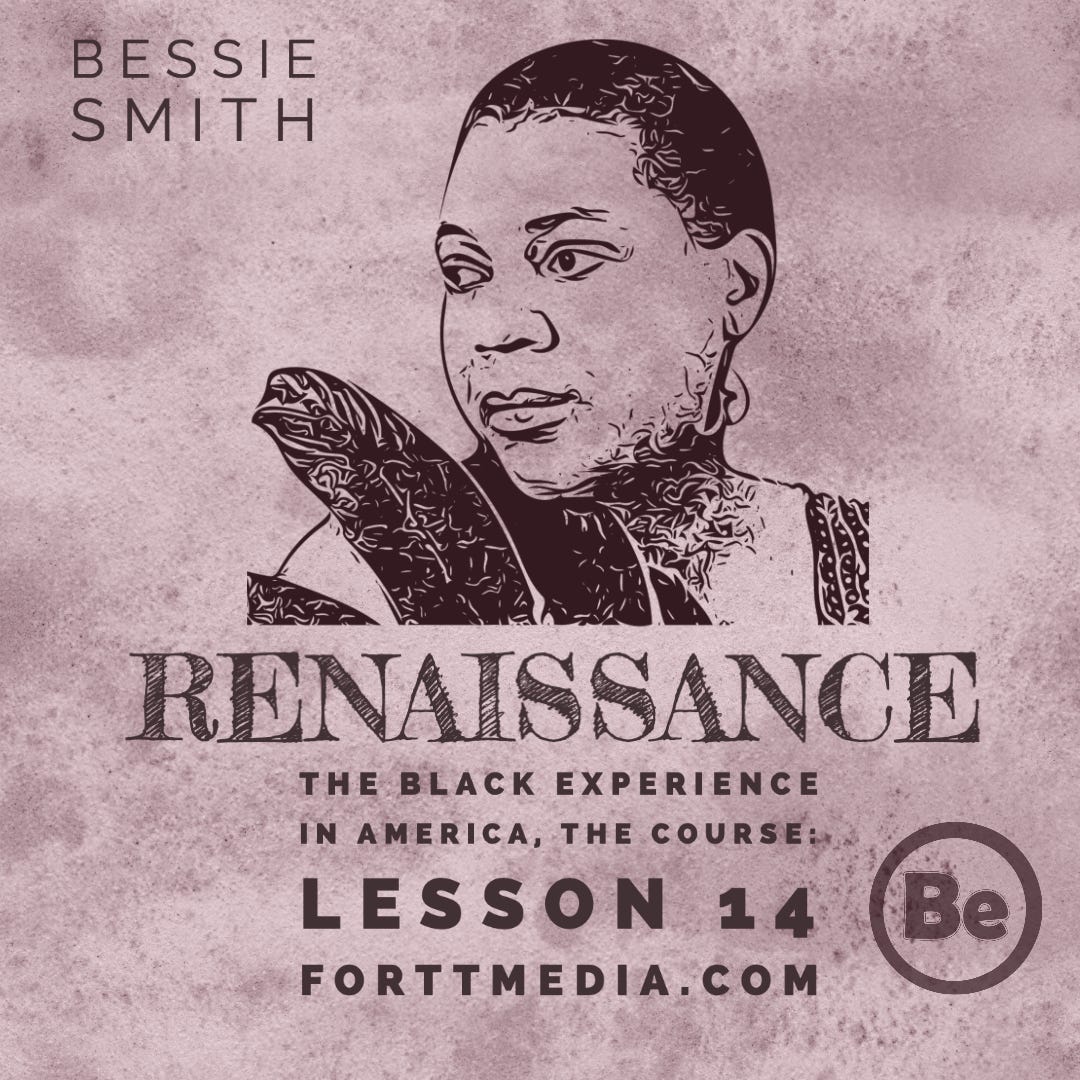Discover A Renaissance in Harlem, and Beyond: Lesson 14
As I put together The Course, I tried to be mindful of pacing. I wanted a mix of lessons that offered history but also plenty of culture. Lesson 13, Reconstruction, was emotionally heavy. Lesson 15, Civil Rights, would be heavy, too. How to change it up?
I decided to spend some time on the Harlem Renaissance.
It’s a magical period I’d learned about in bits and pieces but never put in historical context. There’s the unmistakable imagery: sharply dressed people, jazz clubs and speakeasies. There’s the poetry, books and art. And at the same time, there are explicitly political ideas. At the beginning of the 1900s, W.E.B. Du Bois and Booker T. Washington had disagreed about how best to advance the cause of progress for Black America, laying the groundwork for the economic and social side of a renaissance that truly stretched beyond Harlem.
So the concept of the lesson is to look at this explosion of ideas in Black America in the 1920s into the 1940s … both artistic and political.
If you’ve already downloaded The Course, take a closer look at Lesson 14. One of the artists featured in the lesson is Bessie Smith. She was an innovator and a powerhouse; her style suggested that working-class women had value and didn’t need to conform to men’s expectations. One of the resource links will show you a short film she made in 1929 — essentially a music video for St. Louis Blues.
Also: If you haven’t already, check out the interactive lessons I’m building for The Course. At https://classes.forttmedia.com/ you can take Lesson 1: The Souls of Black Folk and Lesson 15: Civil Rights. And I’m hard at work building more! Please share this with friends, and even consider going through the interactive online lessons with your family. If you share your computer or mobile device screen on a TV, they’re a great group experience.


